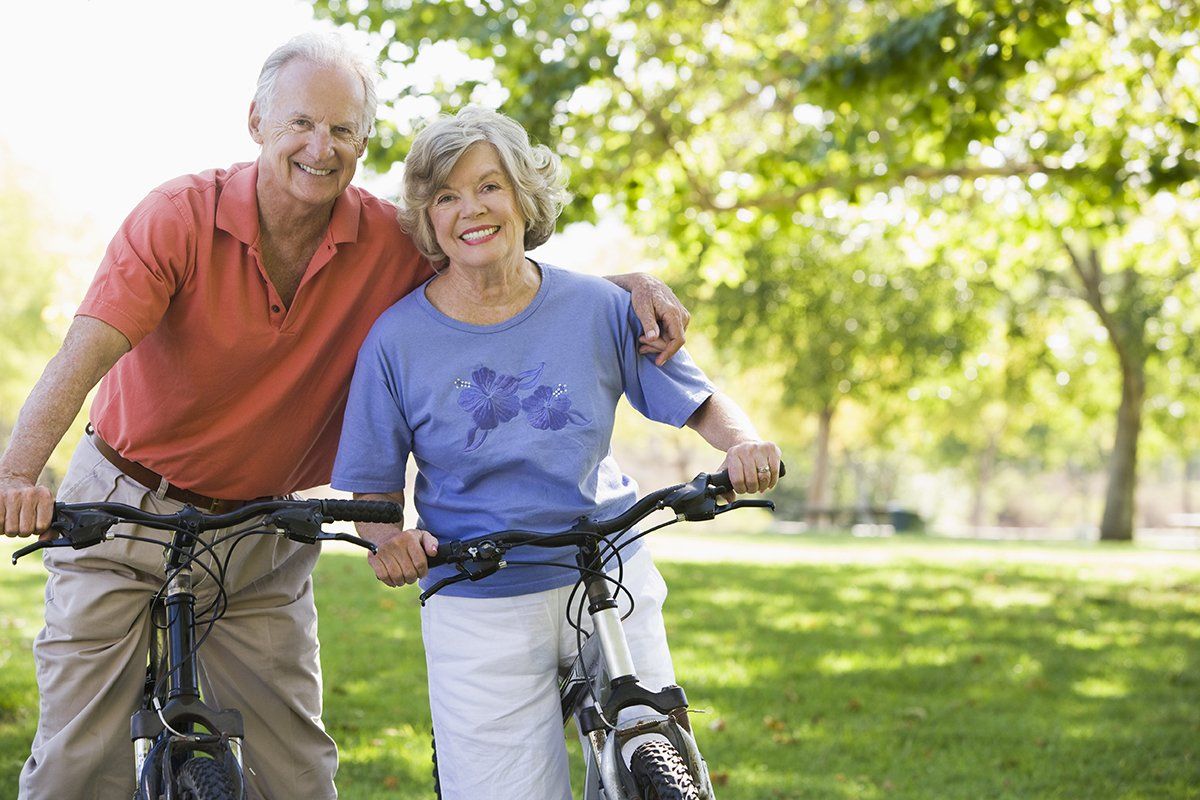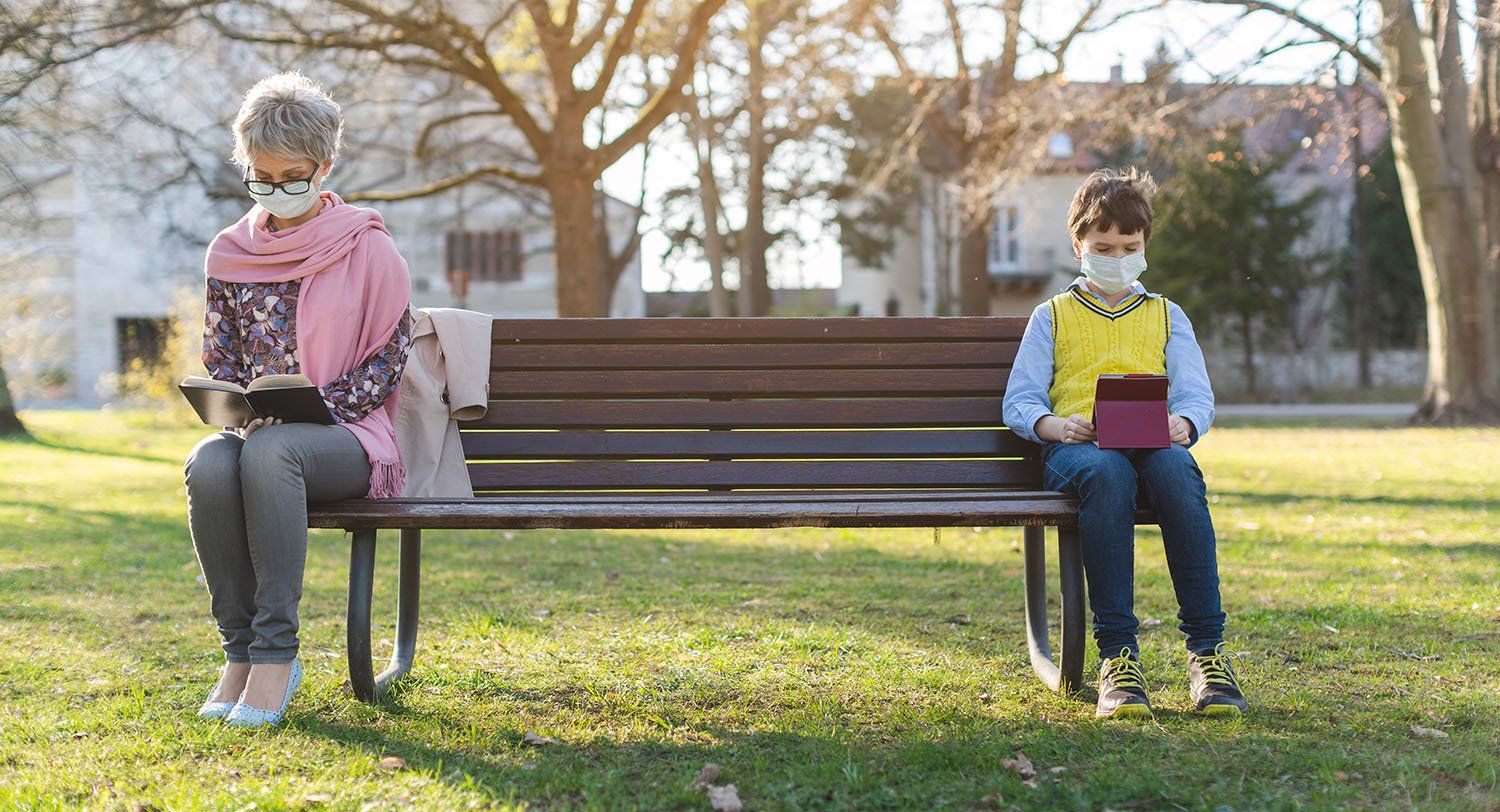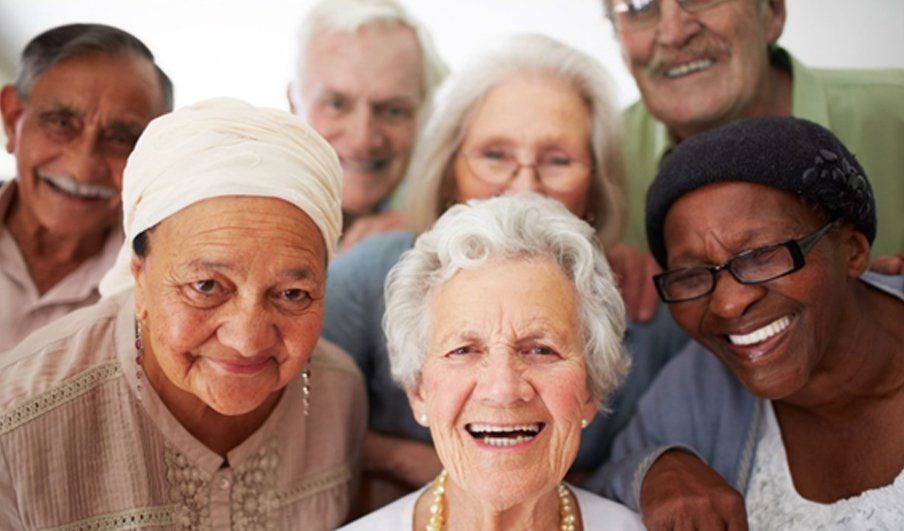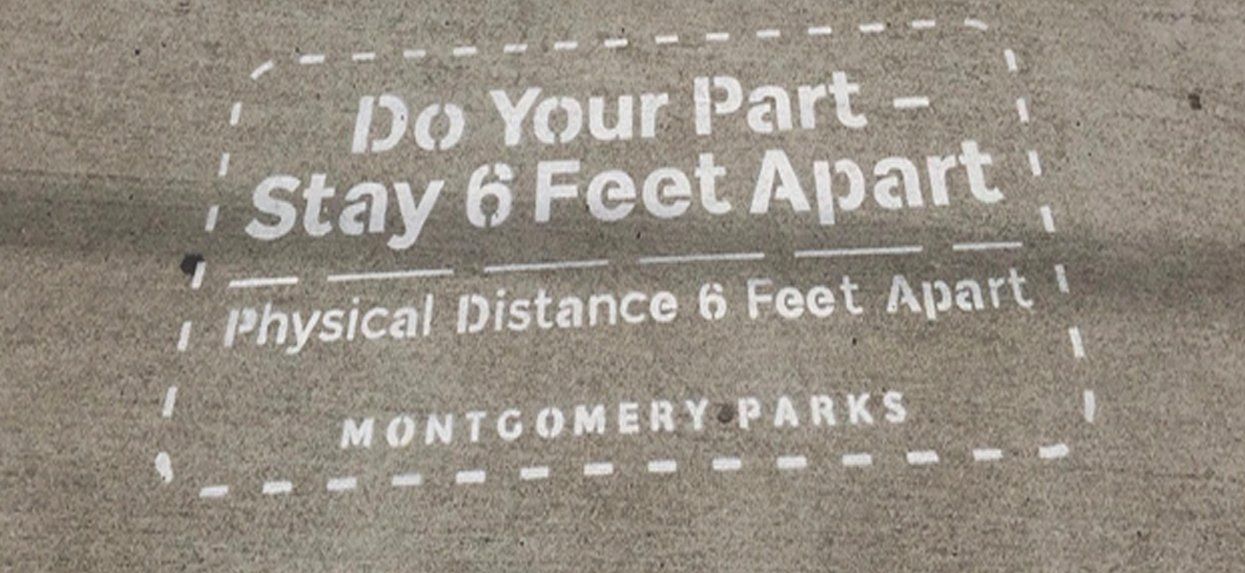Protect Your Finances and Vision for Retirement
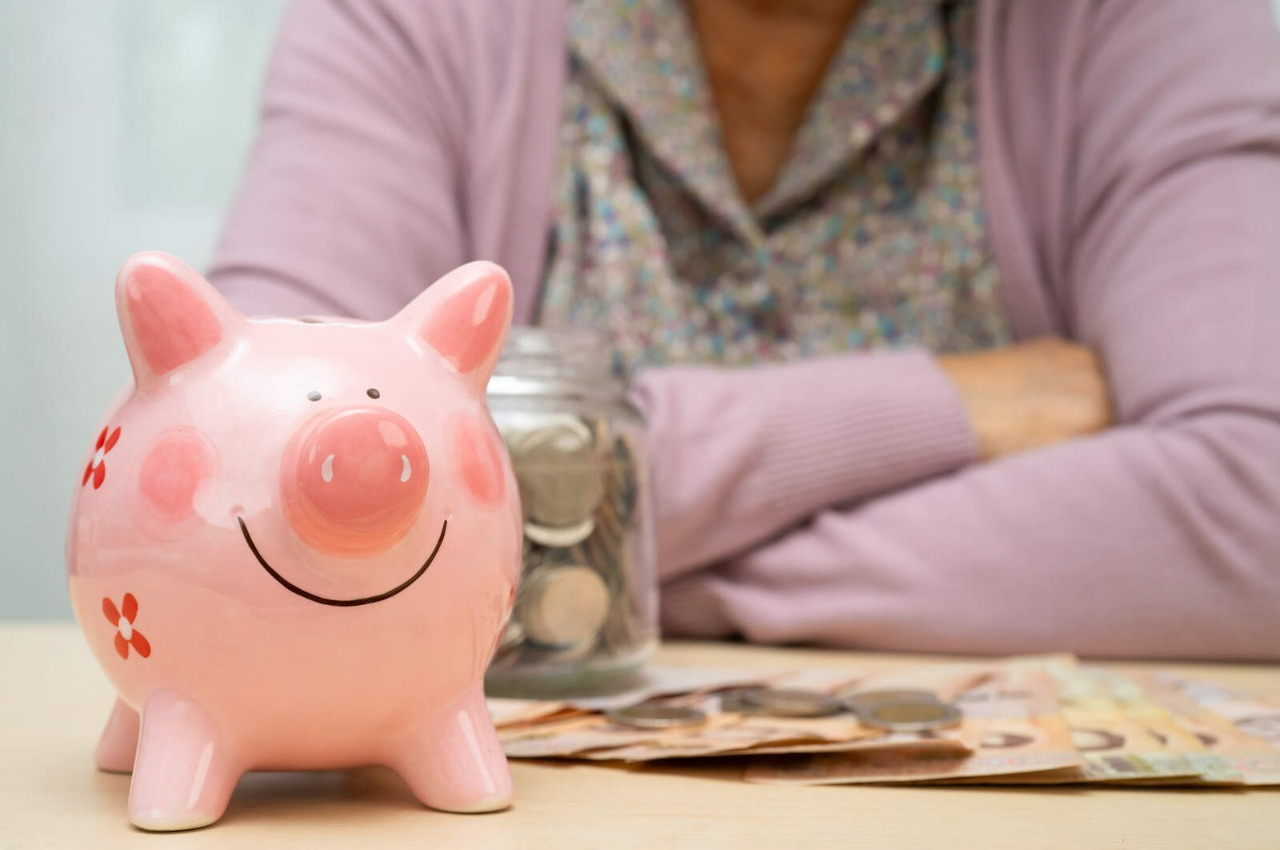
When considering the ideal retirement, some of us may picture ourselves surrounded by family and friends, traveling with a spouse or partner, or meeting new friends while volunteering or picking up a new hobby. Finally spending quality time with our chosen people is the vision many have for their golden years.
Unfortunately, it may not be the reality for all retirees. Some may experience bouts of loneliness or social isolation during retirement. Social isolation is defined by the National Institutes of Health’s National Institute on Aging as a “lack of social contacts and having few people to interact with regularly.” The loss of a spouse or friends, moving to a new area, experiencing age-related health challenges, among other things, can contribute to the problem.
Social isolation can even lead to financial challenges. Because scammers know the impact a lack of connectedness can have on someone, they can take advantage of those experiencing it through a relationship investment scam.
In this type of scam, a stranger connects with you on social media or through a dating or messaging website or app. Or a random person might text you pretending to be an old friend. They may even send you a message like, “So sorry, but I’m going to be late for lunch!” that seems intended for someone else, hoping you’ll respond out of politeness. After you begin to communicate with the stranger, they might offer financial advice or express romantic interest. But what they’re also offering socially isolated people is someone who wants to talk to them, someone who wants to form a connection with them.
They often spend months building trust - through friendship, romance, or an offer to help achieve financial goals - before they begin to defraud you. The scammer might even suggest meeting in person but come up with plausible excuses for why it never happens.
Once they’ve established a friendship or relationship, scammers might offer investing advice or suggest you use the financial adviser they use. No matter how trustworthy someone might seem, don’t make investment decisions based on the advice of anyone who makes unsolicited contact with you online, through an app, or text message. Do your own independent research and ask questions.
What sets this type of scam apart from the classic romance scam is that scammers aren’t asking you for money directly. Instead, they’re asking you to invest your money, often in complicated schemes that turn out to be fake. The scammer may show you what appears to be returns on your “investments” on what looks like a legitimate investment app or website. You may even be able to withdraw money at first. But eventually, the scammer steals your money. Most of these scams are operated internationally, with very little chance you’ll ever see your hard-earned money again.
If you receive an email or text message from a person, number, or email address you don’t know or recognize, that’s a red flag of fraud — especially if the message is vaguely worded or appears aimed at someone else. Don’t respond. Instead, report it and block these senders from your phone or messaging app.
Similarly, don’t share any information relating to your personal finances or identity (including your bank or brokerage account information, tax forms, credit card, Social Security number, passport, driver’s license, birthdate, or utility bills) with someone you don’t know who contacts you online, on a social media platform, or through text message.
For additional details about relationship investment scams, read our Investor Alert. Be sure to check out our Investor Alerts and Bulletins on a regular basis so you can be aware of the latest types of investment scams and how to avoid them. Visit Investor.gov for more information about saving and investing. To report securities fraud, go to sec.gov/tcr.
By taking these precautions to protect the money you’ve been saving and investing for your entire life, you can help keep your finances safe and preserve your vision for retirement.

This article is provided in the author’s official capacity as the Securities and Exchange Commission’s Director of the Office of Investor Education and Advocacy but does not necessarily reflect the views of the Commission, the Commissioners, or other members of the staff.
Must Read Newsletter
Sign up for news and events
Newsletter
Most Popular
